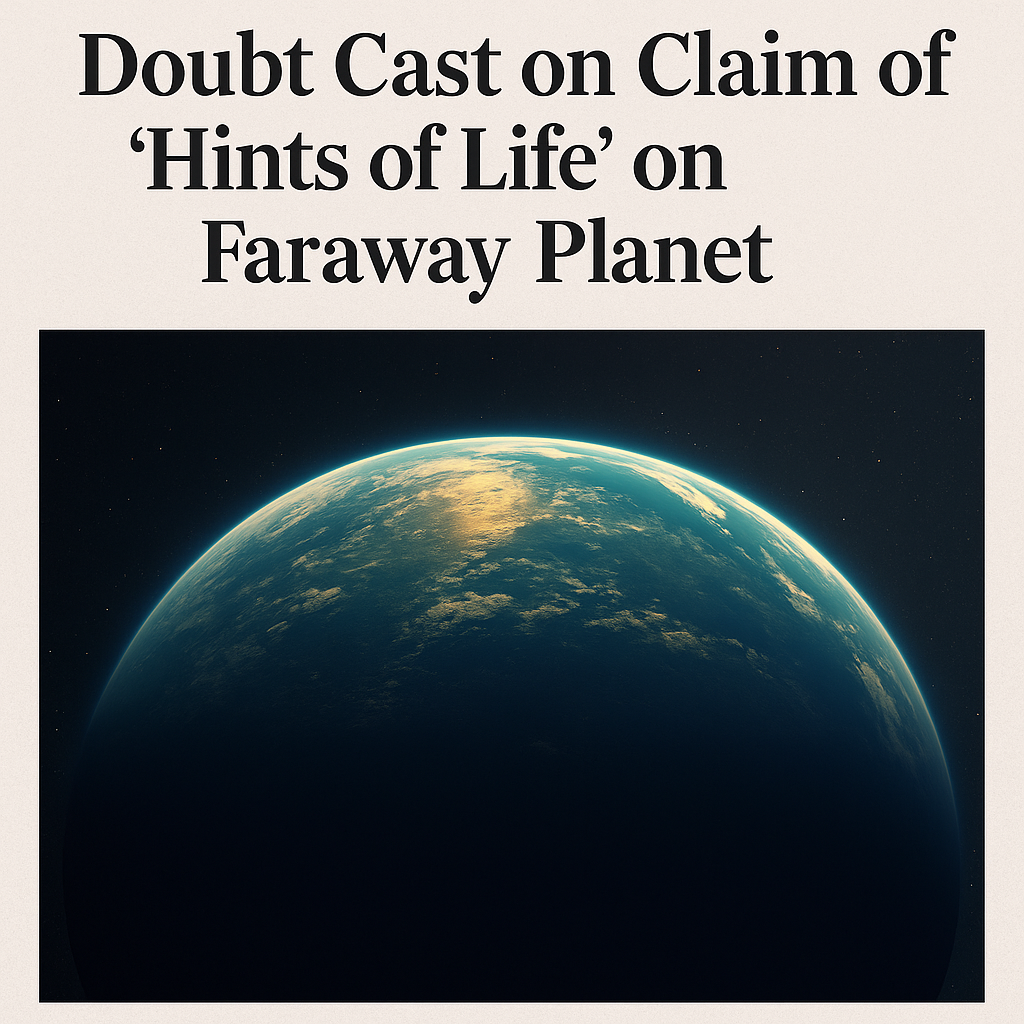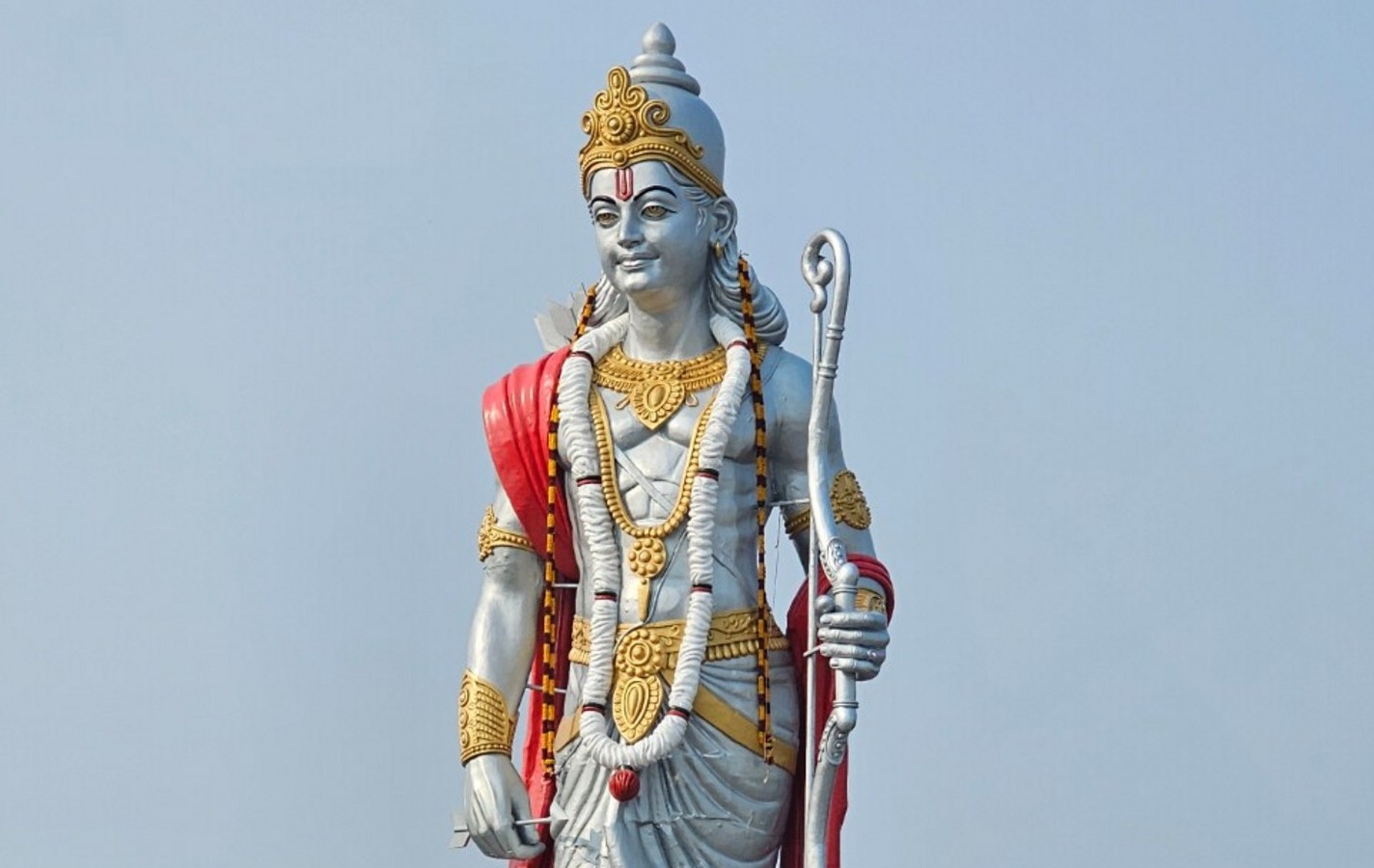
When scientists last year reported signs of dimethyl sulfide (DMS), a molecule on Earth mostly produced by marine life, on the exoplanet K2 18b, headlines erupted with excitement over the possibility of alien life. The planet, located 120 light years away in the habitable zone of a red dwarf star, suddenly became the most talked-about destination in our cosmic neighbourhood. However, fresh scrutiny from a new team of researchers has cast serious doubt over those claims, reminding the world just how complex and uncertain the search for extraterrestrial life remains.
The initial excitement centered around the detection of biosignatures, a term used for chemicals that might indicate the presence of life. The study led by Cambridge University’s Nikku Madhusudhan used data from NASA’s James Webb Space Telescope (JWST) and suggested the presence of DMS in K2 18b’s atmosphere. On Earth, this compound is produced by marine phytoplankton, which led the researchers to suggest a tantalizing, though cautious, possibility of life supporting conditions.
To be clear, Madhusudhan had never claimed life was detected, only that the presence of DMS was statistically significant at a three sigma level, which translates to a 99.7 percent likelihood that the signal was not a random error. That still left a 0.3 percent chance of it being a fluke, and the scientific community treated the results with both excitement and skepticism.
Now, that skepticism has found its vindication.
A new study led by Julian Welbanks of Arizona State University and Peter Wheatley of the University of Warwick has challenged the original analysis. Using the same JWST dataset and tools, the team re-examined the atmospheric models used to detect biosignatures. Their findings? No compelling evidence of DMS or other biosignatures like methane. The signal for DMS appears to have vanished upon closer inspection.
The researchers concluded that the earlier detection may have been an artifact of modeling errors or limitations in the data analysis technique used. Welbanks emphasized that while the search for life should remain open to all possibilities, scientific rigor demands cautious interpretation and repeated verification.
Madhusudhan, for his part, welcomed the new findings and the broader scientific debate. He reiterated the importance of keeping all hypotheses on the table while acknowledging the complexities involved in identifying biosignatures. “A healthy debate ensures we remain grounded,” he said, noting that even his team had acknowledged their detection was provisional.
What complicates the matter further is the nature of K2 18b itself. Classified as a “hycean world,” a hypothetical class of exoplanet with a hydrogen-rich atmosphere and vast oceans, it presents a highly unfamiliar environment. Unlike rocky planets such as Earth or Mars, K2 18b’s thick atmosphere and potential high-pressure oceans make it difficult to apply Earth-based life detection models.
Adding to the confusion, the same initial study reported other chemicals such as methane and carbon dioxide, which are also sometimes seen as biosignatures depending on the context. The newer analysis found that while these gases might exist on K2 18b, their presence is not sufficient to suggest life. Furthermore, a crucial biosignature, DNA, was obviously not part of the data and remains undetectable through current telescopic methods.
The debate over K2 18b is a vivid reminder of the immense challenges in the field of astrobiology. Detecting life beyond Earth is not simply a matter of spotting familiar chemicals; it's about interpreting complex atmospheric data under conditions vastly different from our own. With every new instrument like JWST, our capacity for detection improves, but so does the margin for analytical error.
In science, doubt is not a setback; it is a step forward. As techniques grow more sophisticated and data analysis becomes more refined, each correction brings us closer to the truth. The excitement over K2 18b, while temporarily dimmed, has laid the groundwork for more robust research and perhaps, one day, an answer to the question humanity has asked for centuries: Are we alone?
For now, the only certainty is uncertainty, and in science, that is a good place to start.




.jpeg)





.jpeg)



.jpeg)



.jpeg)
.jpeg)
.jpeg)
